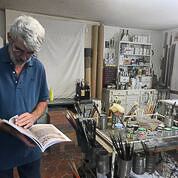Raymond Douillet

Raymond Douillet was born on July 20th 1947 — on the very day of the Tour de France cycle race arrival — in Hautmont, in the North of France. This small town is separated from Maubeuge by a river, the Sambre. Maubeuge is Jan Gossaert's, also named Jean de Mabuse (c 1478-1532), native town. He introduced the spirit and shapes of the Italian Renaissance into Northern Gothic Art by going through Dürer’s decisive influence. Almost four centuries and a half later, Raymond Douillet, unaware of it at the beginning, followed his prestigious predecessors’ footsteps. This is what could be called, owing to André Breton’s phrase, an « objective coincidence » : from one painter to the other, this relationship, which was fortuitous at the beginning, is now shared within a space configuration which has more than one thing in common. Everything works out as if Mabuse’s formula found an echo in Raymond’s paintings, a set up « mirrorical return » in accordance with a singular catoptric where combined coincidence and time would be the project managers.
If the Sambre is the river which draws together Raymond Douillet and Jean de Mabuse beyond time, it is also the link with René Magritte when flowing through nearby Charleroi. It is in 1912 in the Sambre in Charleroi that Magritte’s mother’s body was recovered, and it is also in this town that his first impressionistic-painted works came into being.
Working at his studio in an old coaching inn among the fields of a French farm community, the artist creates works unparalleled in their quality and attention to detail. Viewers are often surprised to learn that the models who people the artist’s canvases are not highly-paid models, but rather, common townsfolk, close friends, and most often family. Their poses are incorporated into the overall architectural framework of the pieces, or, as in the case of smaller works, their movements and expressions can become this framework. And while the true meaning of the finished work is left to the viewer to determine, Douillet frequently paints to show us parallels between verbal and physical expression, as well as commonalties between the English and French languages: a game we refer to as double entendre.
Douillet has been a member of the Salon des Artistes Francais since 1975 and the Salon d’Automne since 1978. His paintings grace a number of important corporate and private collections worldwide.
Graphite on Paper



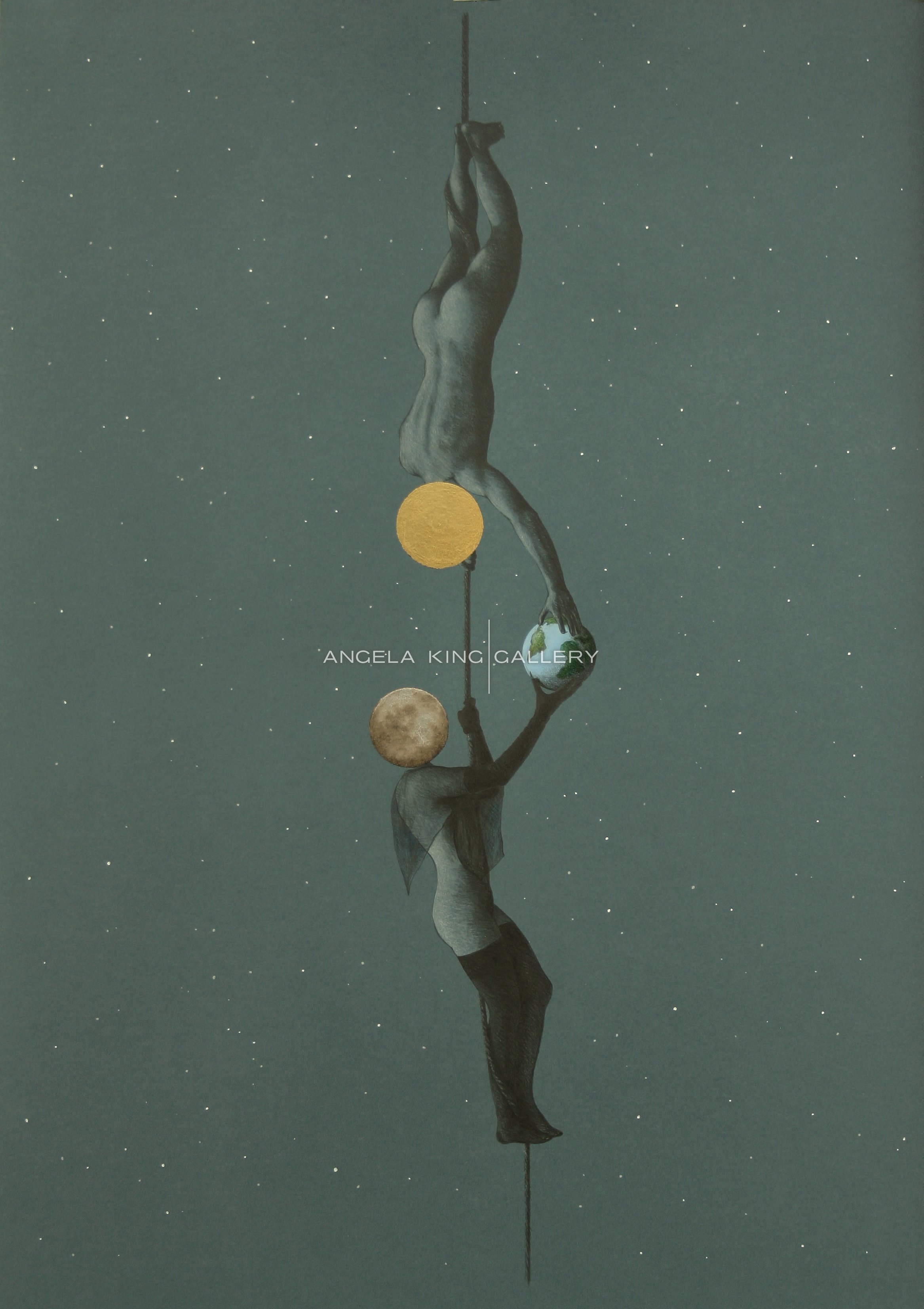



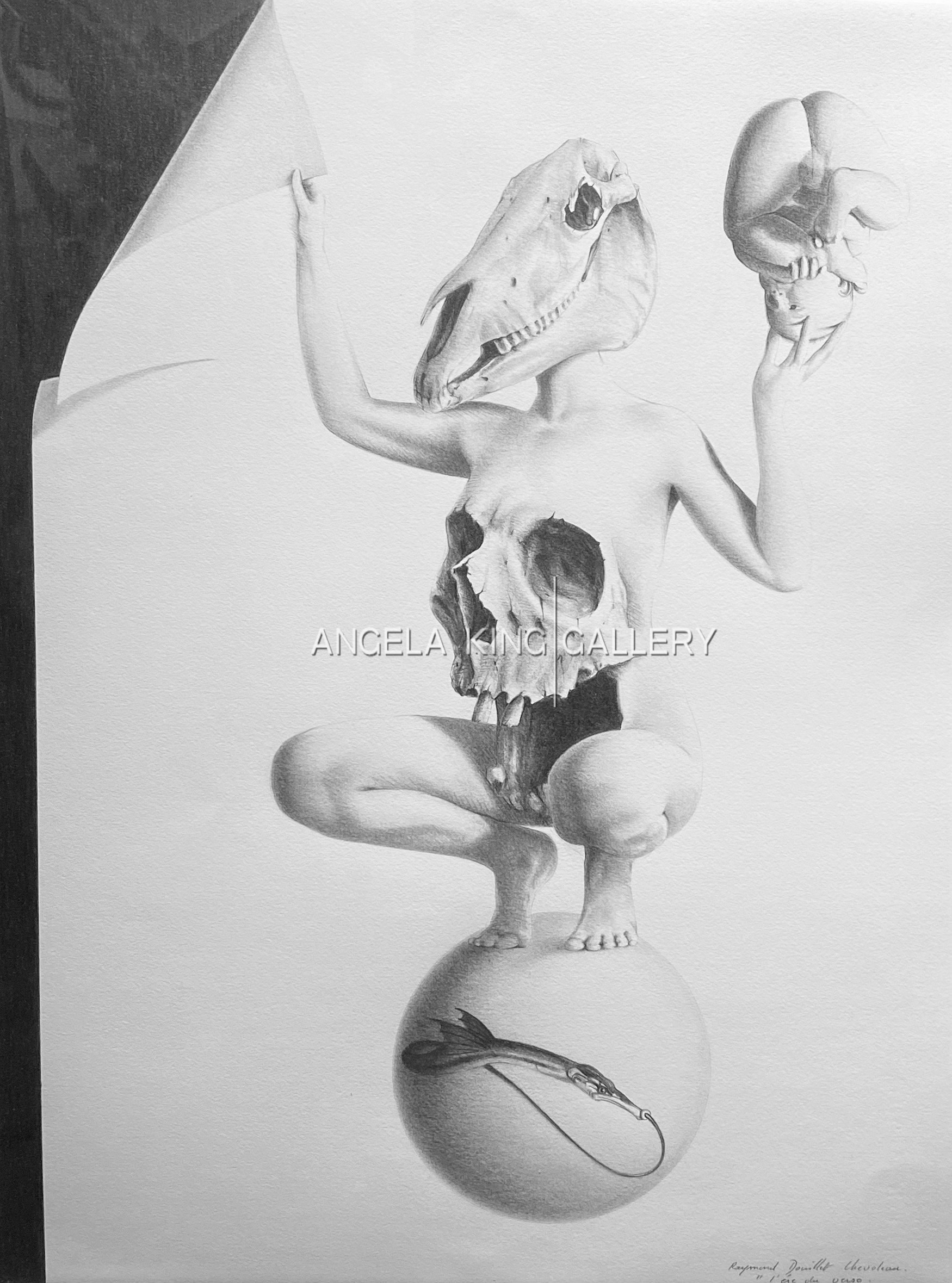









Available Paintings


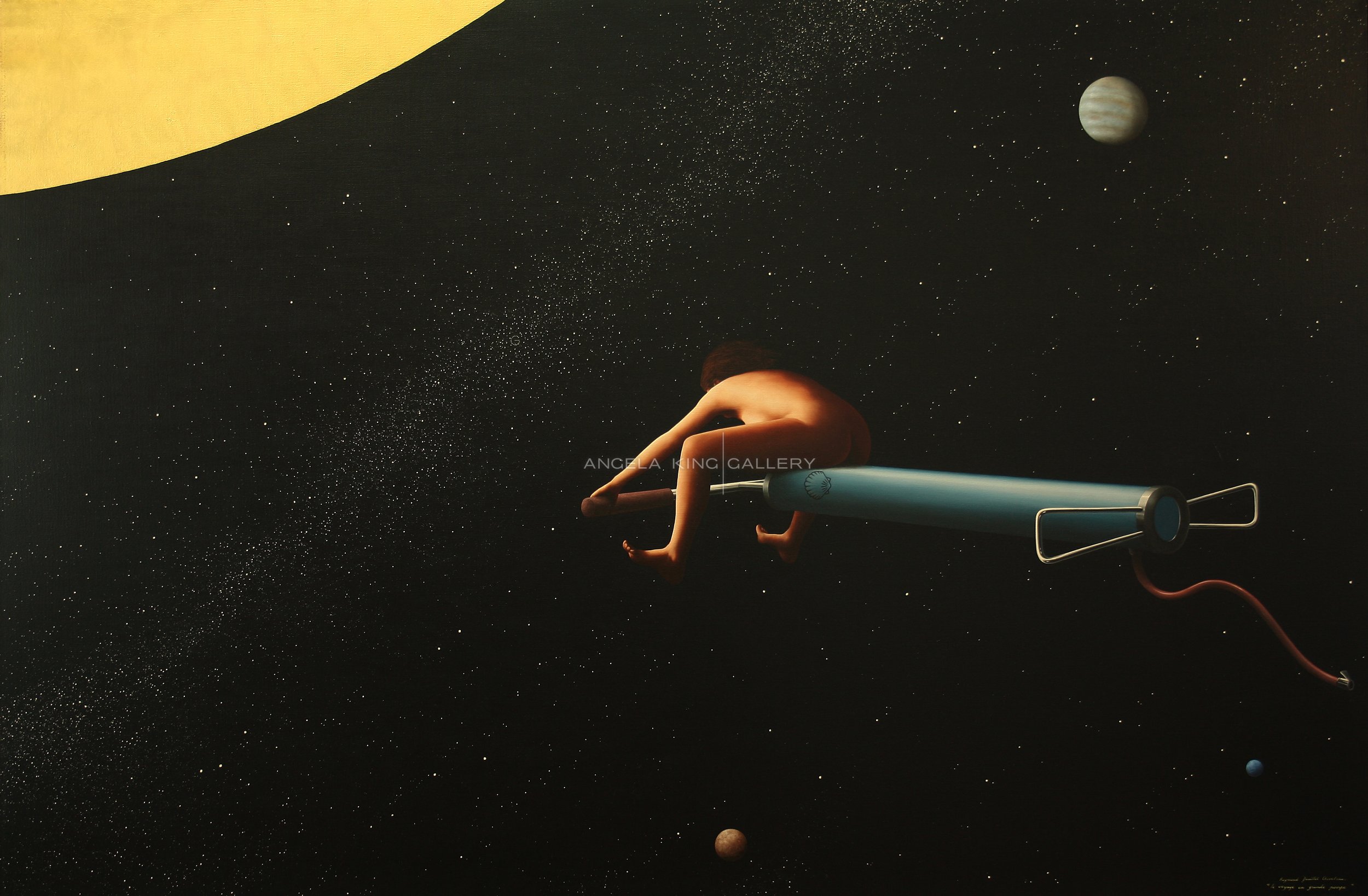










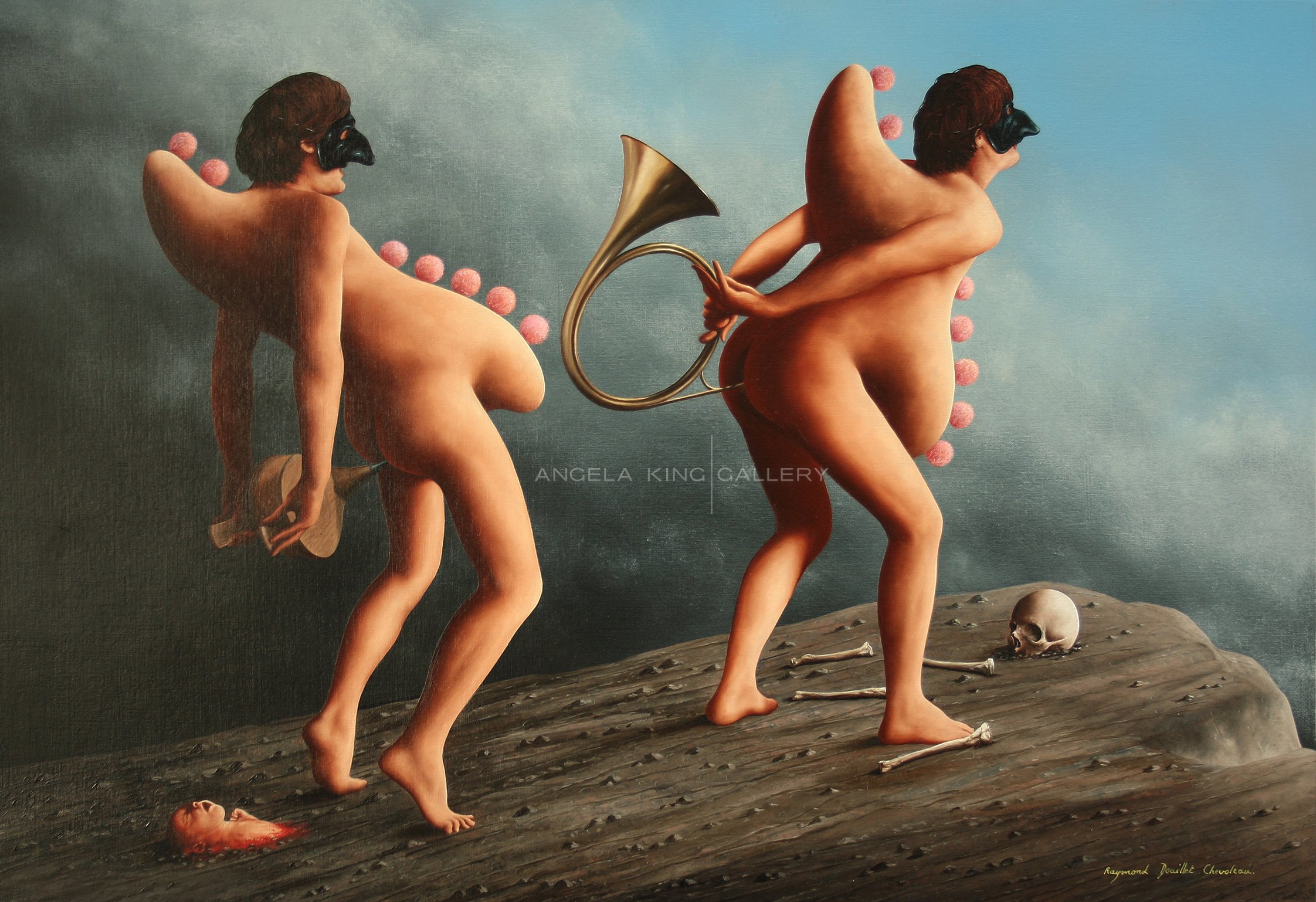








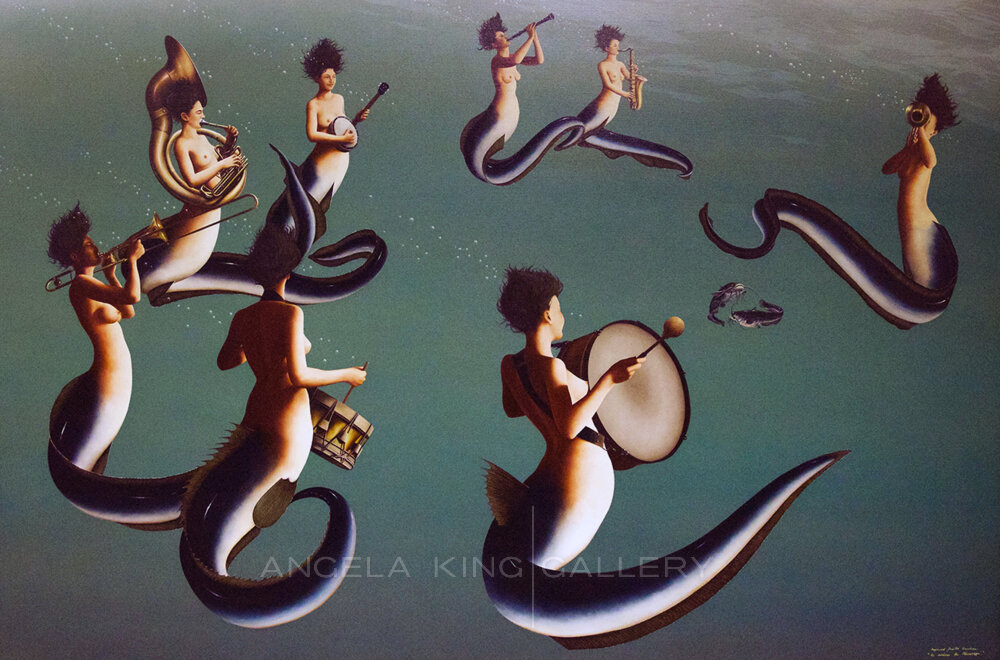









SOLD ARCHIVES
La Nuit et le Jour

*Night and Day, 71.5" x 52.5" Sold
The theme of night and day is equally pervasive throughout Western culture, particularly since it is entwined with the moon and sun. Certain processes were supposed to be done in the day or at night; moreover, illustrations of the moon and sun stood for specific materials and processes. “Night and Day” is a gathering of ancient images that carry multiple levels of meaning for the modern individual. Read more..
Les 4 Éléments

*Les 4 Éléments, 53.7" x53.7" Sold
The concept that four classical elements constitute everything in the universe dates as far back as the fifth century. The elements were central to the alchemical hermetic science of the middle ages. Douillet's large scale painting, “The 4 Elements”, with its four-sided composition, might have been painted on the ceiling of a fifteenth-century chateau built by an alchemical adept, yet in its broader approach it also speaks to our current cultural state. Read more...
Grand Ouevre 2012

LE GRASDIMAR DE BLAISE RA Sold
THE CARNIVAL OF ST. BLAISE / RABELAIS (Blaise Ra = Ra Blaise = Rabelais)
Oil on canvas 51.2" x 114.2"
Details of Le Grasdimas de Blaise Ra are below
Please click on thumbnail below to see full image.
Tableau peint par Débarras, artiste dont Raymond Roussel (grand amateur lui aussi de carnaval) nous parle à plusieurs reprises dans ses livres. [Note: Douillet later revised his comment, "Tableau peint par Débarras en collaboration avec Jerjeck."]
Au dos de cette toile, cette inscription: "Il est conseillé d'aller à l'Abbaye Saint Victor de Marseille et à Almonacid Del Marqesado en Espagne mais surtout de lire,lire, lire et relire Alcofribas Nasier et quelques autres."
Translation:
Picture painted by Débarras, artist about whom Raymond Roussel (also a great lover of carnival) speaks to us again and again in his works. [Note: Débarras is a fictional creation of Roussel in his story "Among the Blacks". He is a rather shabby but brilliant artist. Jerjeck, his "collaborator", is another Roussel creation in Locus Solus -- a once-dead sculptor "resurrected" by a surreal scientist.]
On the back of this canvas, this inscription: "it is recommended to go to the Abbey Saint Victor of Marseilles and to Almonacid Del Marqesado in Spain but especially to read, to read, to read and to reread Alcofribas Nasier [Rabelais] and some others."
Sold Archives
Please click on thumbnail below to see full image.


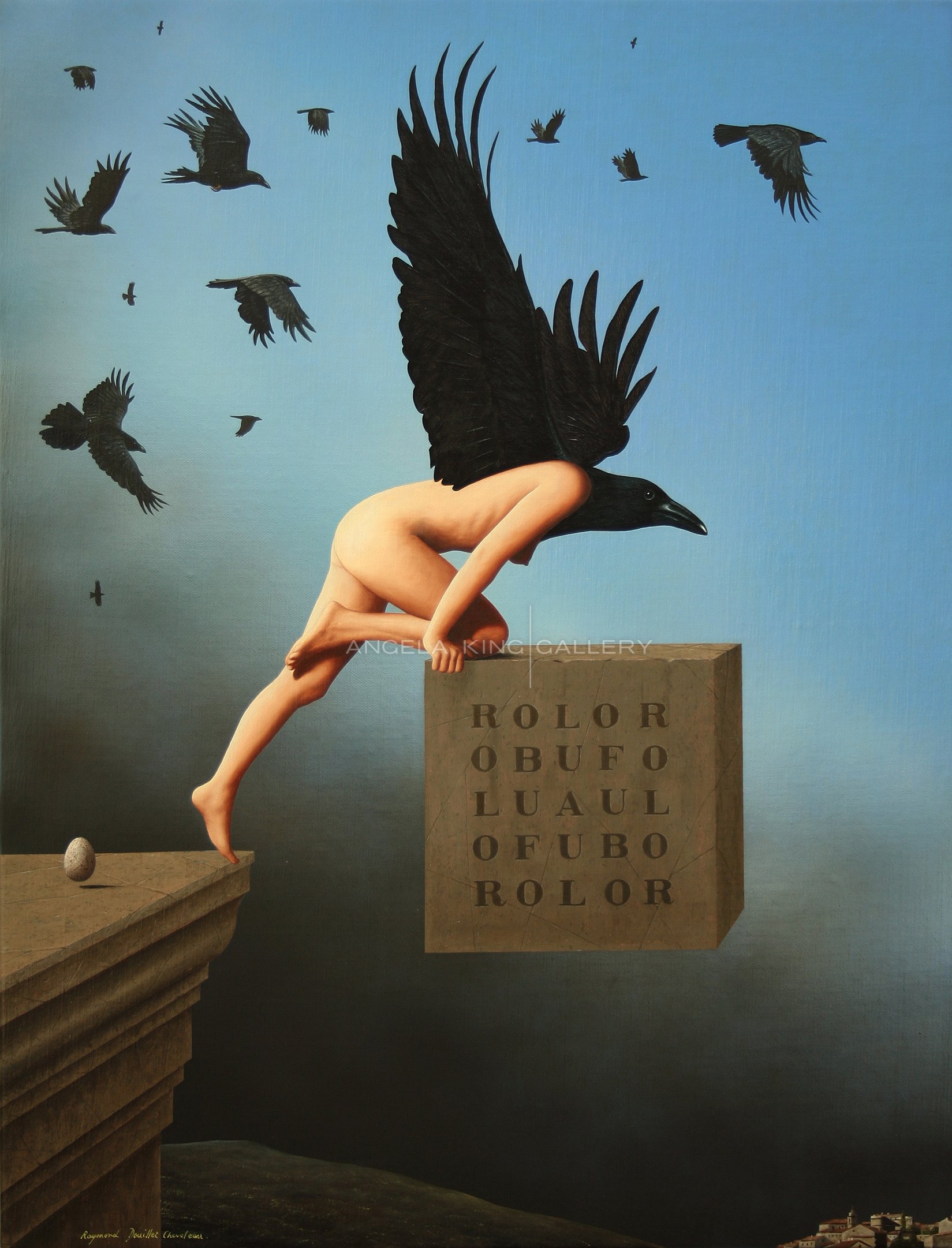
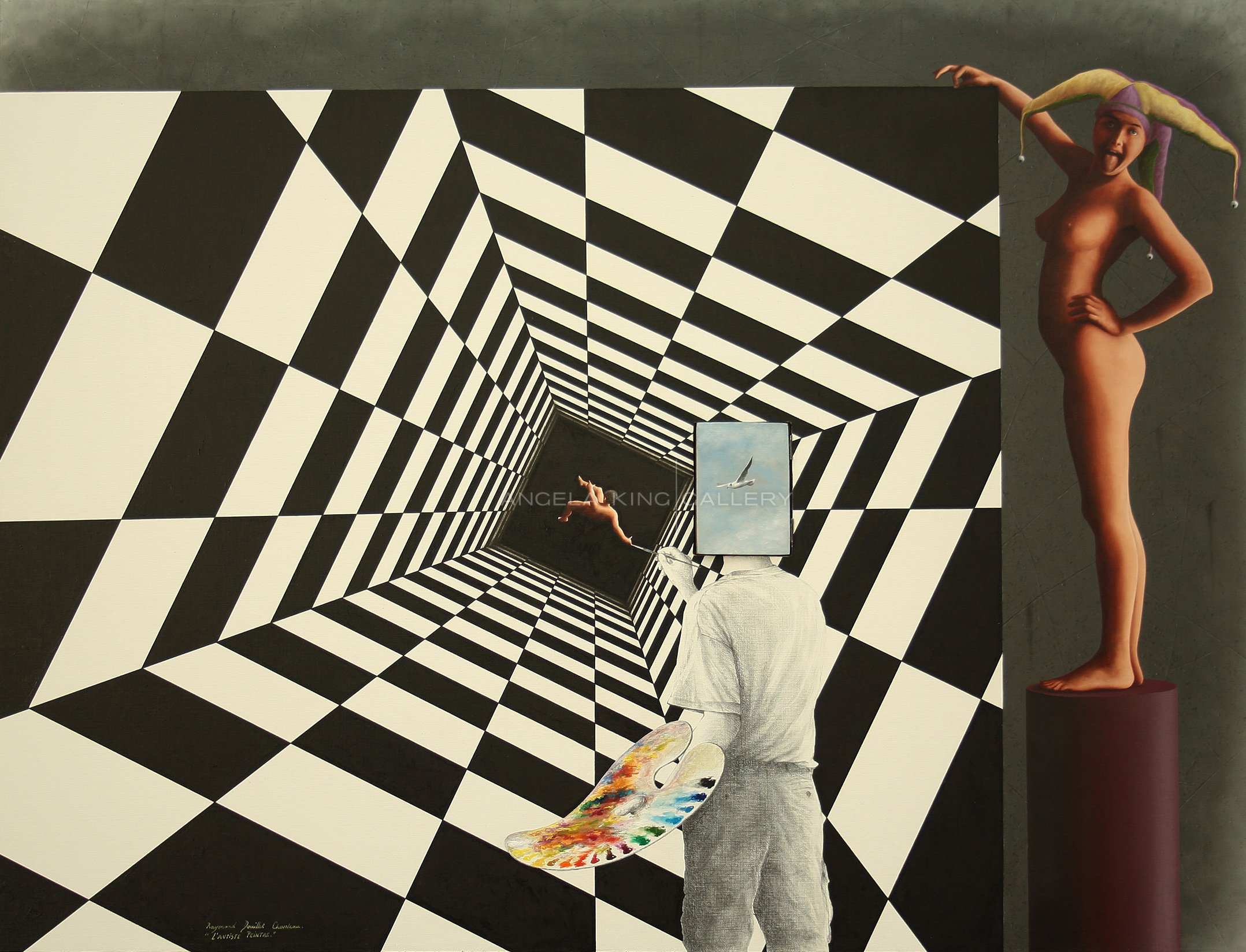




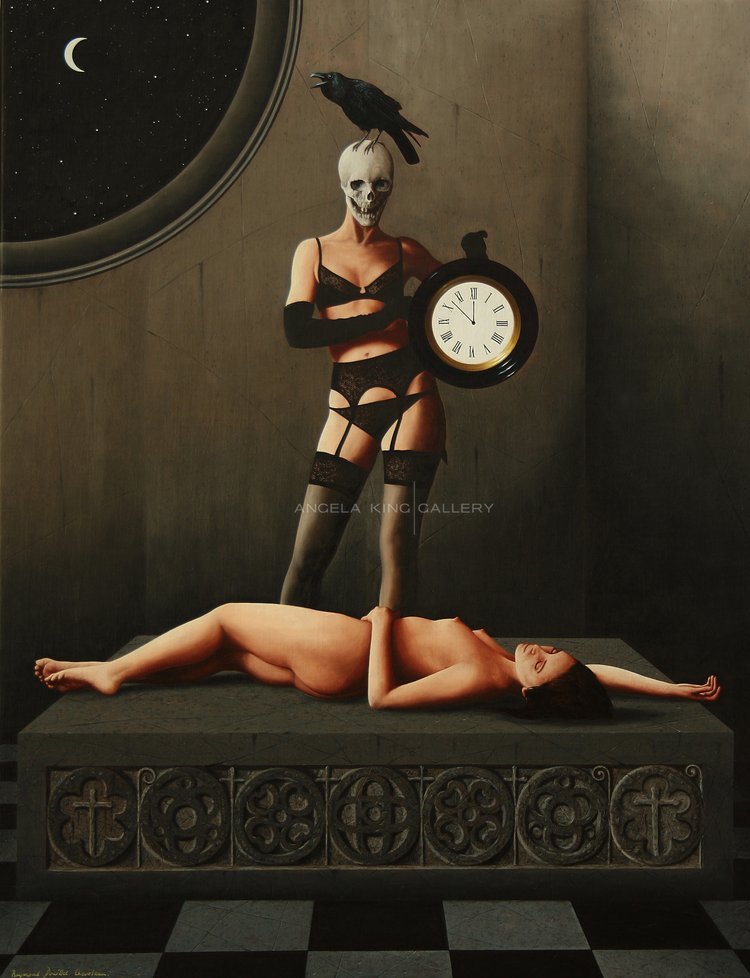
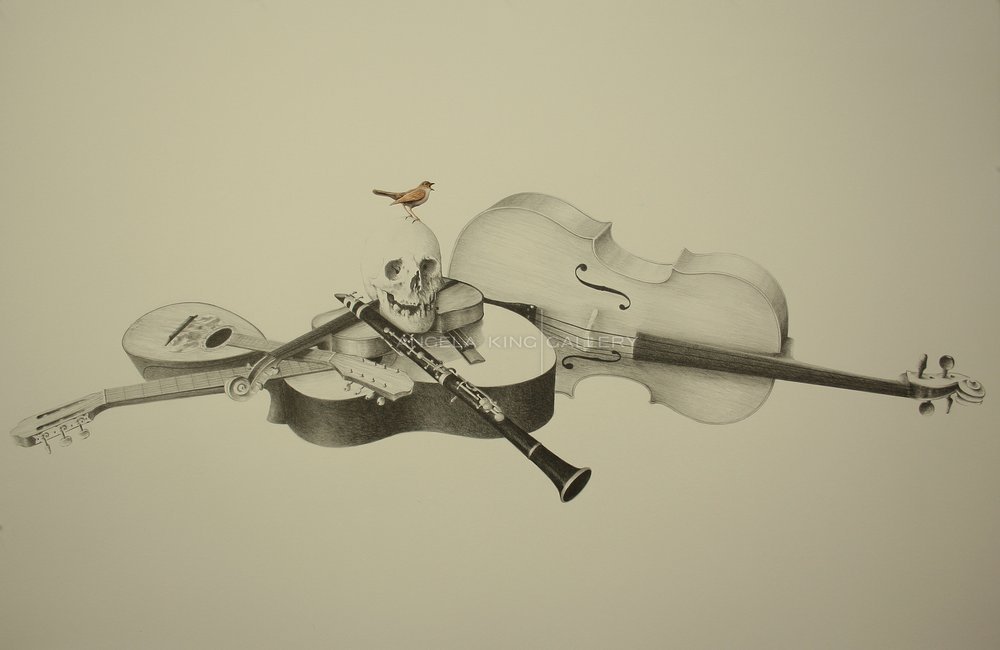

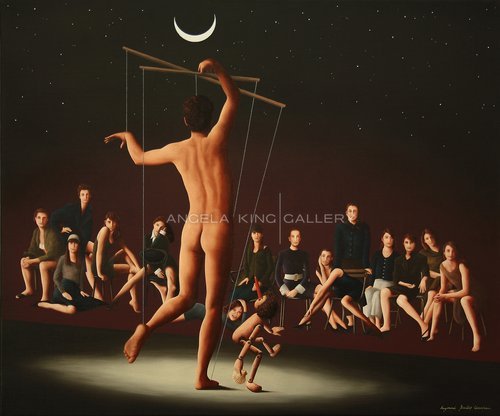


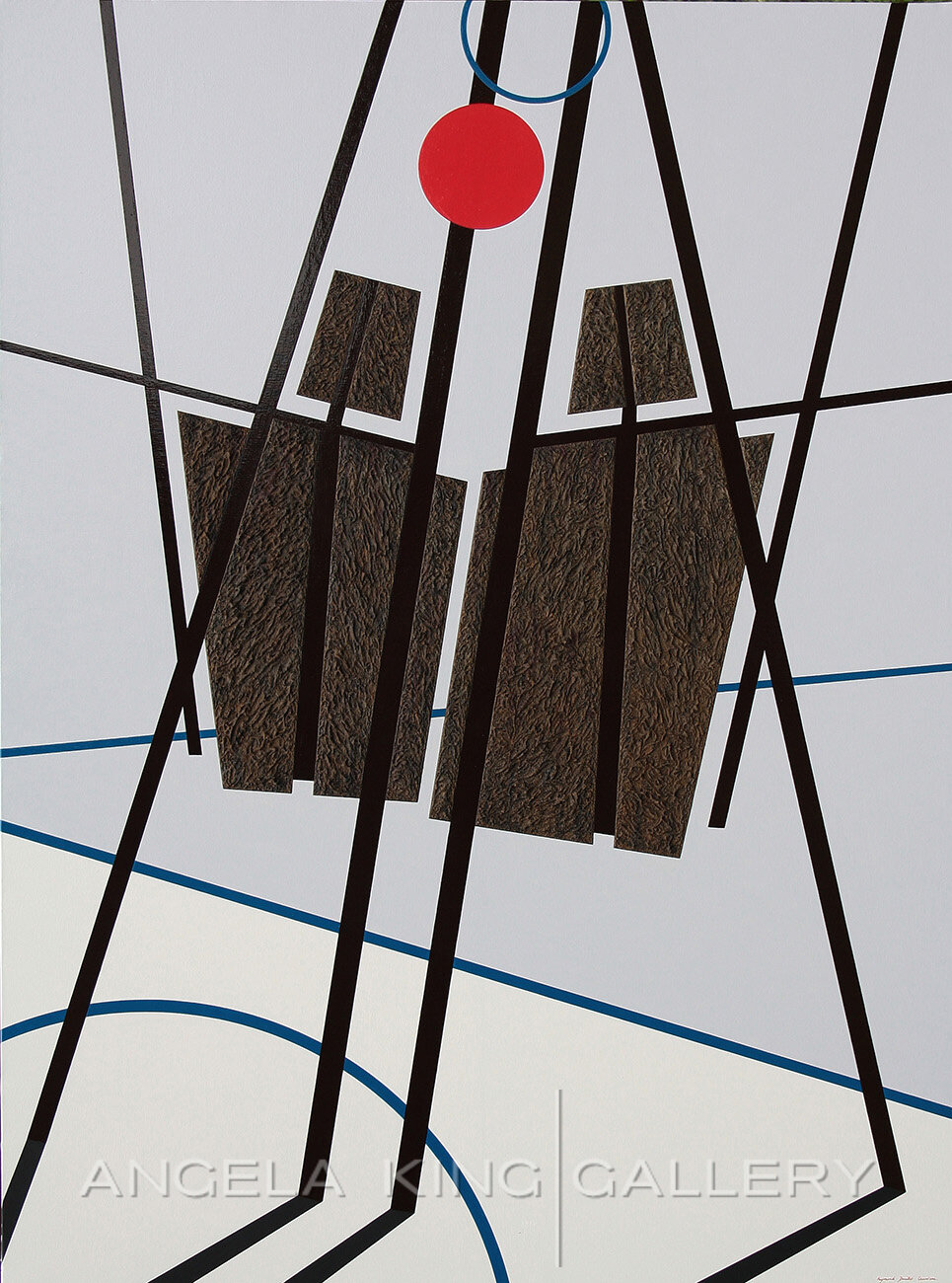


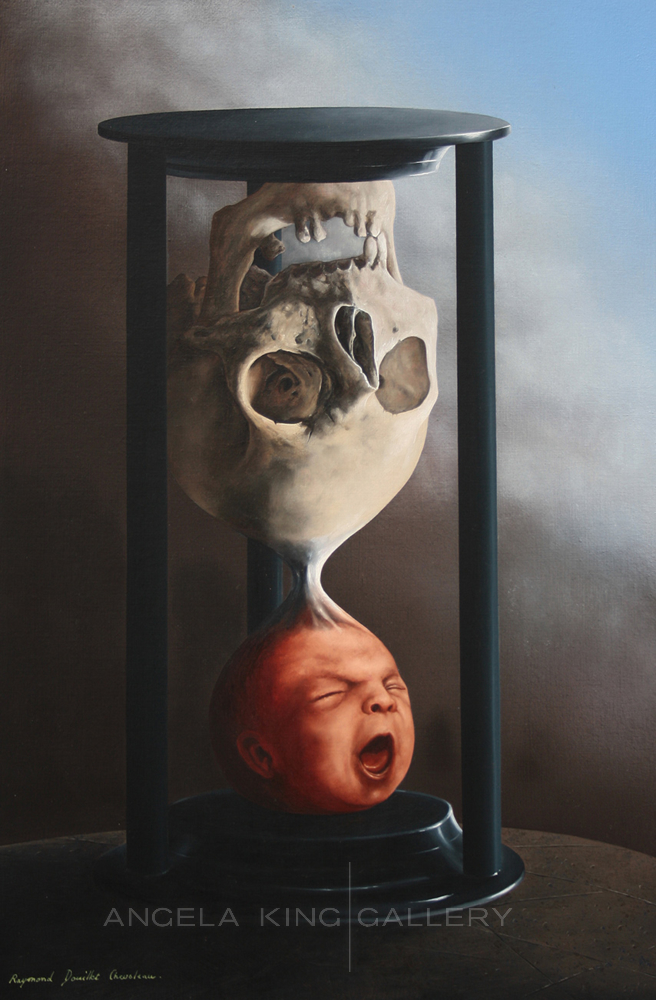








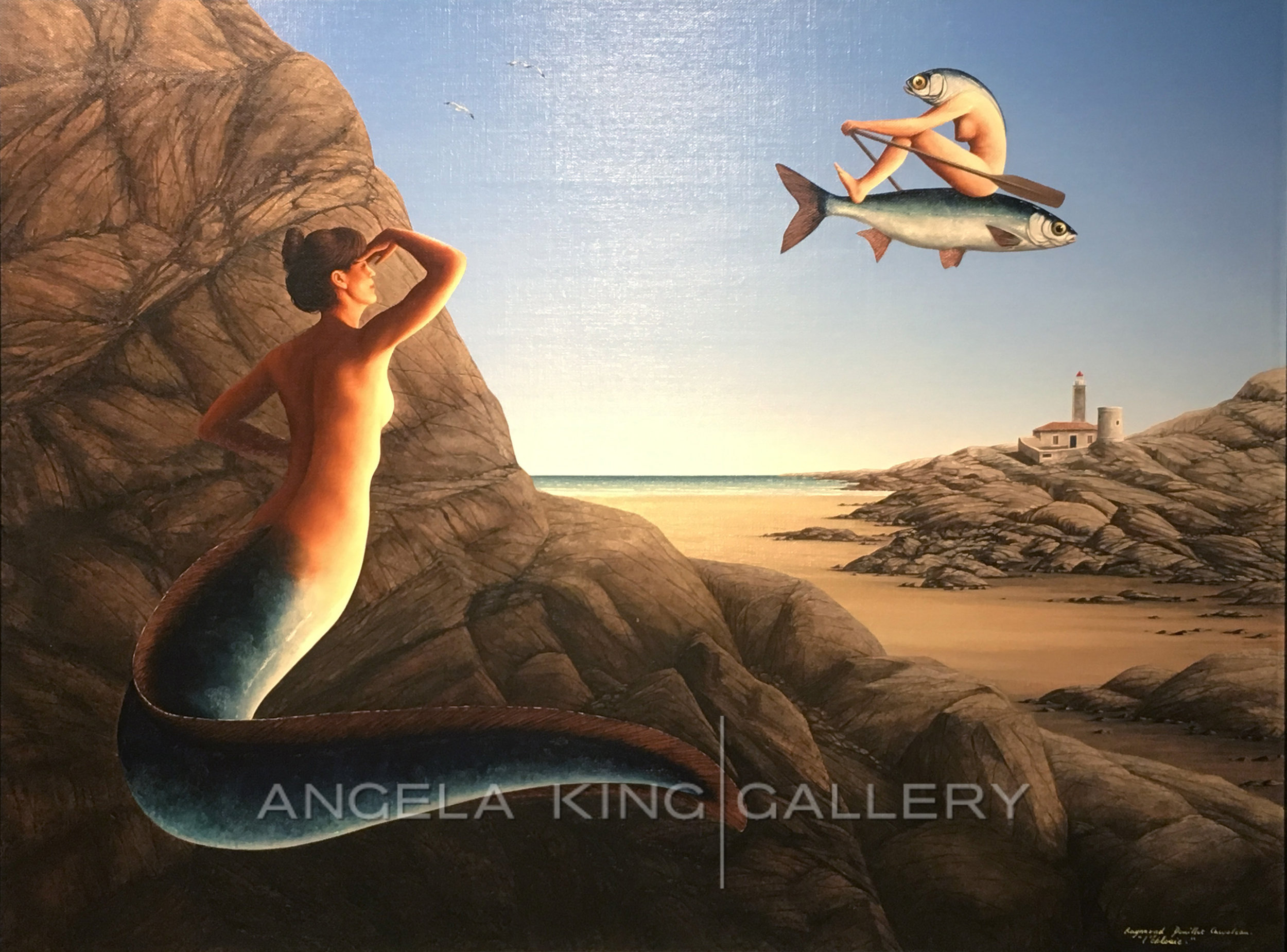






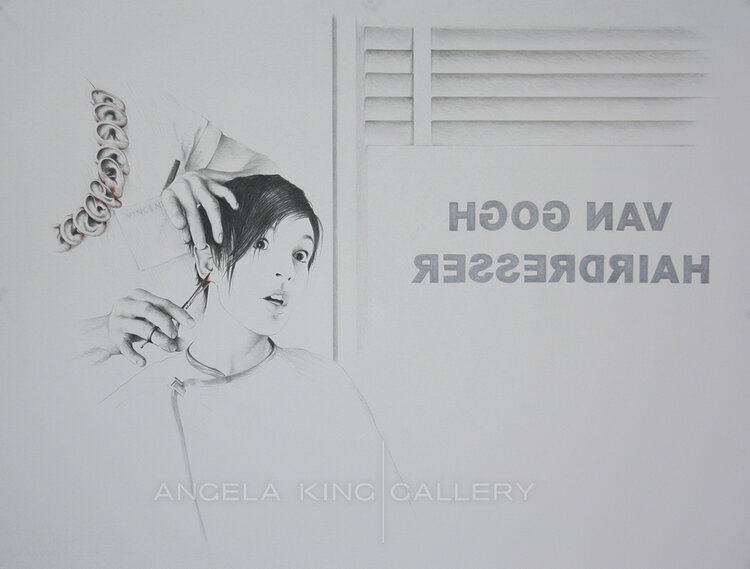
Events
PRESS
Martha Stewart would never approve. A paradox among contemporary painters, 60-year-old French artist Raymond Douillet melds precision brushwork with bizarre imagery that is really more like illusionism or dream realism than surrealism in the usual sense



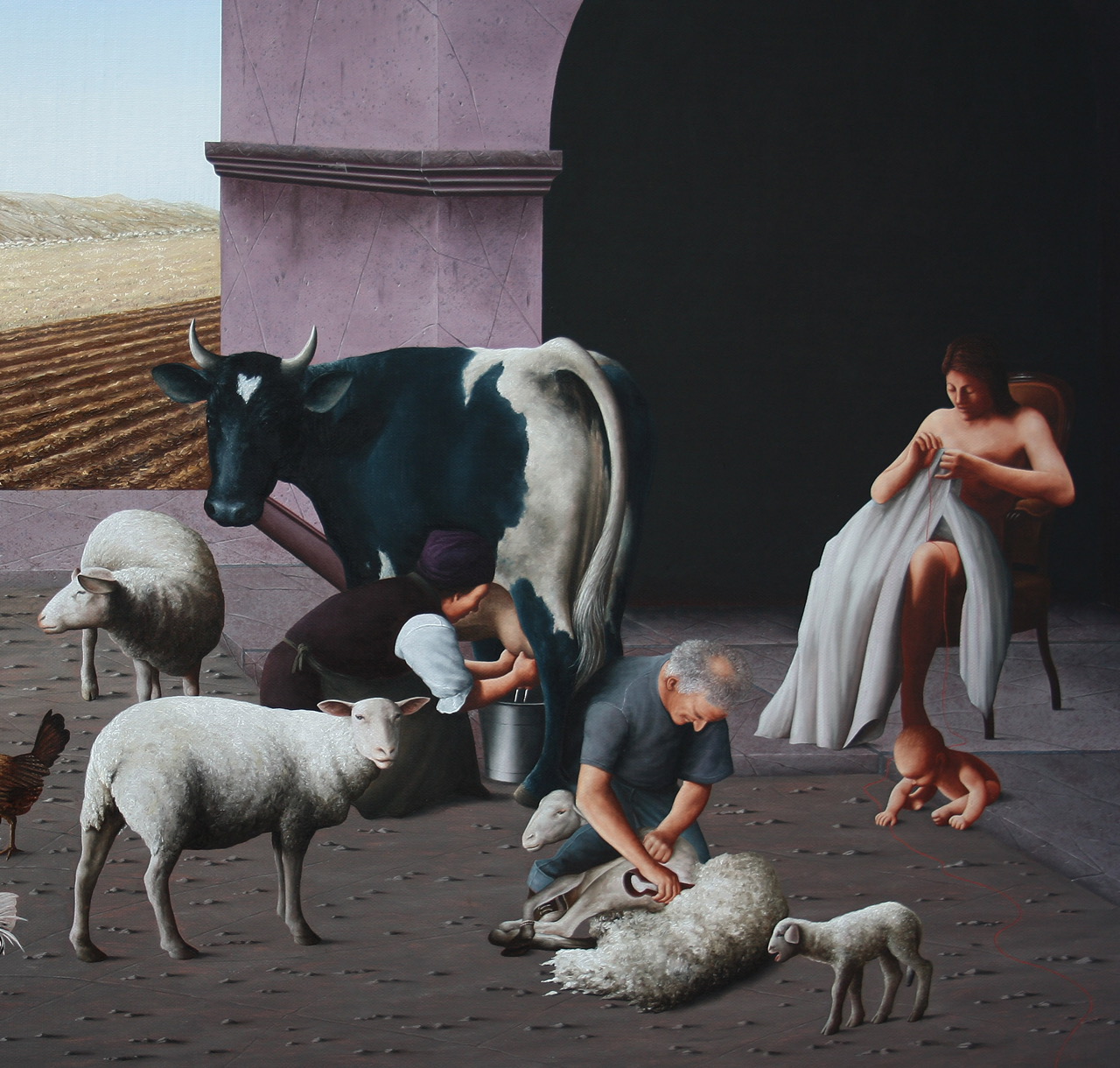






















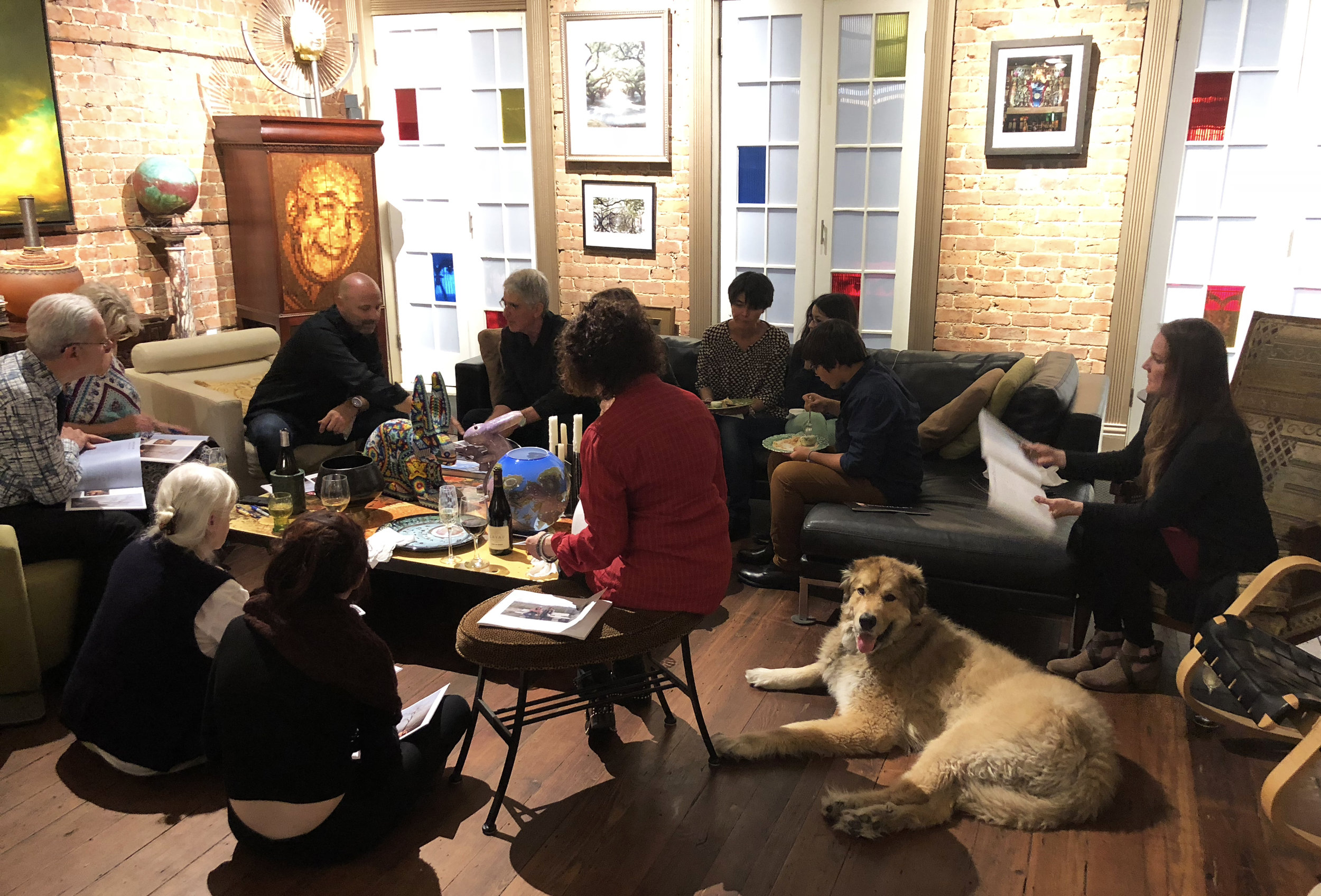

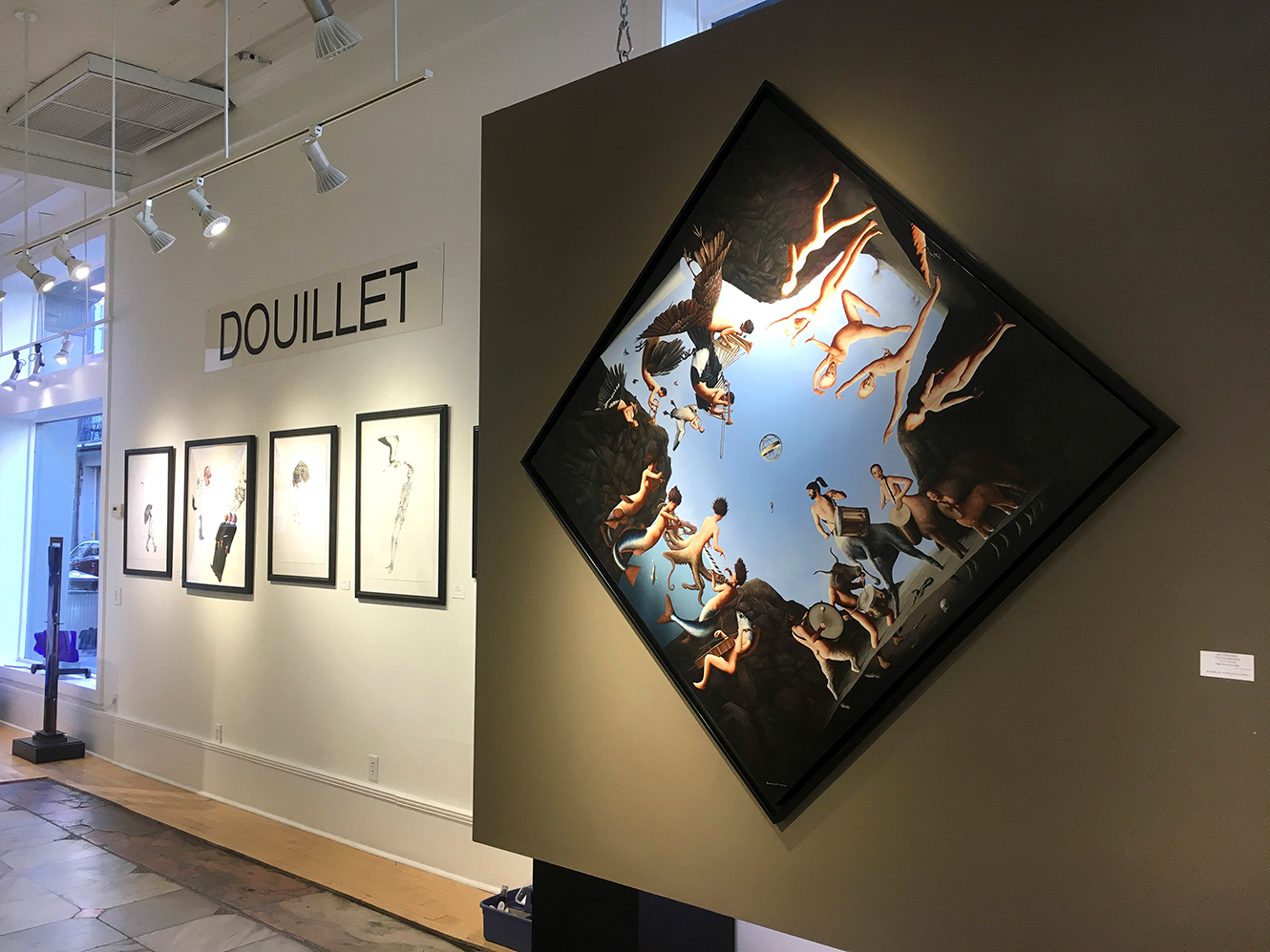

![IMG_2629[1].jpg](https://images.squarespace-cdn.com/content/v1/57f693d68419c2c4a78cef7c/1543963951790-45SMNZ5XIRG0PSN98U17/IMG_2629%5B1%5D.jpg)

